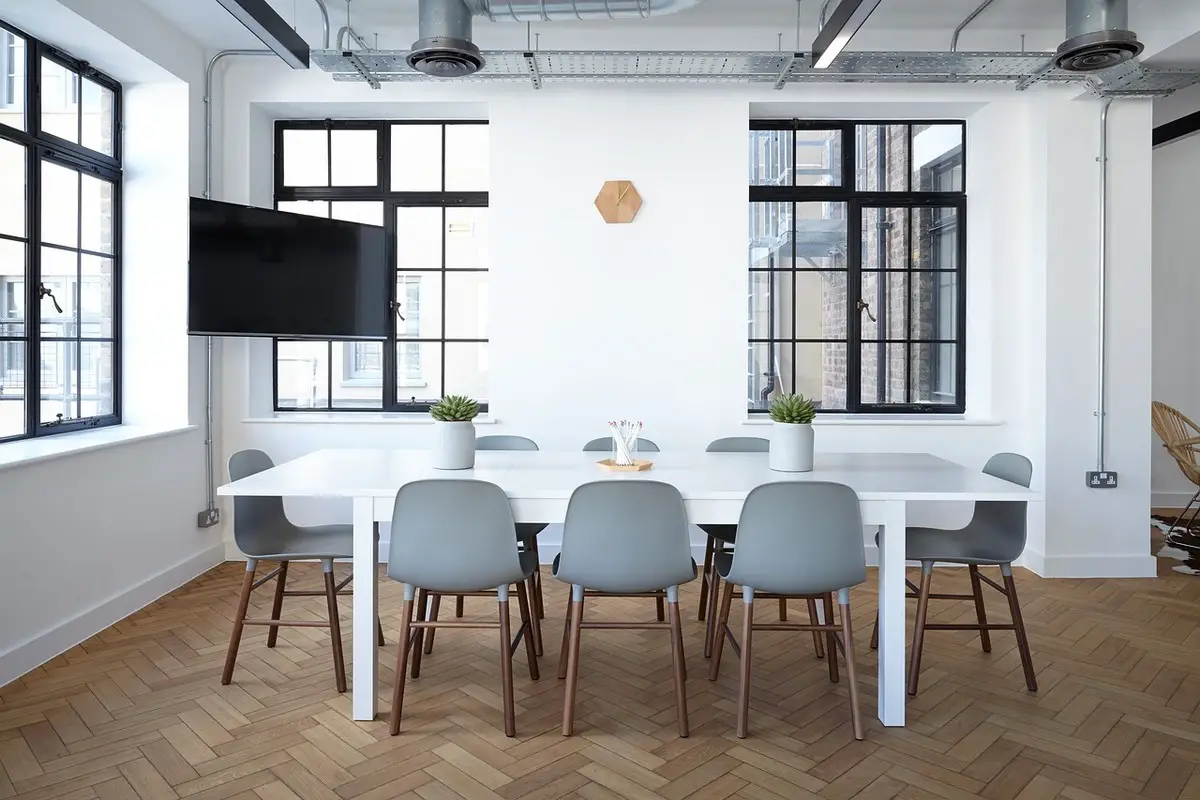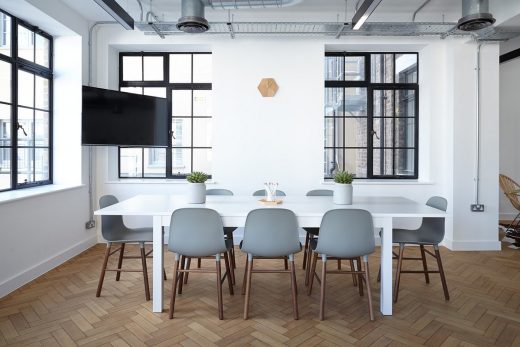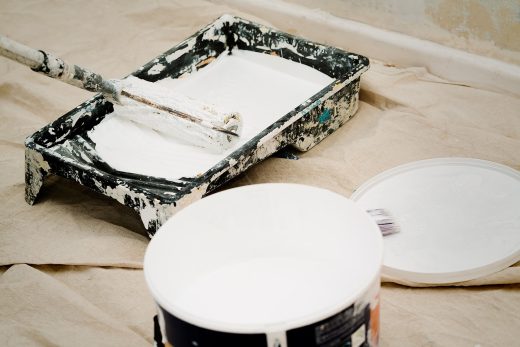Commercial property renovation dos and don’ts, Office interior emulsion paint, Building refurb
Key Dos & Don’ts For Commercial Property Renovation
13 August 2024
Renovating a commercial property offers an exciting opportunity to enhance its appeal, functionality, and value. From meticulous planning to sustainable practices, there are key factors that can make or break a successful transformation.
Navigating these dos and don’ts ensures that the renovation not only meets immediate needs but also sets the stage for future growth and tenant satisfaction.
Here’s a look at the essential considerations for a seamless commercial property renovation.
Dos:
- Plan Thoroughly
A successful commercial property renovation starts with meticulous planning. Begin by setting clear goals for the project, such as enhancing functionality, improving aesthetics, or increasing energy efficiency. Develop a comprehensive timeline that outlines each phase of the renovation, from initial design to final inspection.
Budgeting is another crucial aspect; allocate funds for all anticipated expenses, including materials, labour, and unforeseen contingencies. Thorough planning helps avoid costly delays and ensures the project stays on track, ultimately leading to a more efficient and effective renovation.
- Hire Professionals
While DIY projects can be tempting, the complexity and scale of commercial renovations often require the expertise of seasoned professionals. Hiring experienced architects, contractors, and interior designers ensures that the project meets high standards of quality and compliance with local building codes.
Professionals bring valuable insights and can foresee potential challenges, saving time and money in the long run. They can also help to source high-quality materials and manage subcontractors, further streamlining the renovation process.
It’s equally important to bring in certified electricians, plumbers, and HVAC specialists. These experts handle the critical behind-the-scenes systems that keep a commercial property running smoothly. Electricians ensure safe, code-compliant wiring and can plan for future power demands, smart tech, and energy-efficient upgrades. Plumbers are essential for reliable water systems, drainage, and compliance with health standards, while HVAC professionals optimise climate control and air quality, key factors for tenant comfort and energy efficiency. Involving the right specialists early helps avoid costly retrofits, prevents system conflicts, and supports a seamless renovation process.
- Consider Energy Efficiency
Incorporating energy-efficient solutions into your renovation plan is not only beneficial for the environment but also for your bottom line. Upgrading to LED lighting, installing energy-efficient windows, and enhancing insulation can significantly reduce energy consumption and operational costs.
Energy-efficient buildings are also more attractive to potential tenants, who are increasingly looking for sustainable and cost-effective spaces. Consider conducting an energy audit to identify the most impactful upgrades for your property.
- Consider Ease of Maintenance
Choosing low-maintenance materials can save time and reduce long-term maintenance costs. For instance, using durable floor paint can protect surfaces from wear and tear, making them easier to clean and maintain. Opt for materials that are resistant to stains, scratches, and moisture to ensure they withstand the demands of a busy commercial environment.
This not only helps in maintaining the property’s appearance but also extends the lifespan of the renovation, providing better value for your investment.
- Plan for Future Growth
When renovating a commercial property, it’s essential to think beyond immediate needs and consider future growth. Designing flexible and scalable spaces can accommodate changing business requirements and tenant demands. For example, using modular furniture and movable partitions allows for easy reconfiguration of the space as needed.
Planning for future growth ensures that the property remains functional and relevant, avoiding the need for frequent renovations. This forward-thinking approach can also make the property more attractive to prospective tenants looking for adaptable and versatile spaces.
Don’ts
- Overlook Budget Constraints
One of the biggest mistakes in commercial property renovation is failing to adhere to a budget. It’s easy to get carried away with design ideas and upgrades, but it’s crucial to establish a realistic budget and stick to it. Overspending can lead to financial strain and incomplete projects. Prioritise essential renovations and be mindful of costs, ensuring there’s a contingency fund for unexpected expenses. Effective budget management is key to avoiding financial pitfalls and ensuring a smooth renovation process.
- Disregard Tenant Needs
Ignoring the needs and preferences of current and potential tenants can result in a renovated space that doesn’t attract or retain occupants. It’s important to consider what tenants require in a commercial space, such as functionality, comfort, and amenities. Engage with tenants early in the planning process to gather feedback and ensure the renovation aligns with their needs. A tenant-focused approach not only increases satisfaction but also enhances tenant retention and attracts new occupants.
- Miss Out on Inspections
Skipping regular inspections during the renovation process can lead to significant issues being overlooked, resulting in costly repairs and delays. Regular inspections help identify and address problems early, ensuring the project stays on track and meets all safety and quality standards. Inspections should be conducted at various stages of the renovation, from initial demolition to final touches, to ensure everything is up to code and completed to a high standard.
- Forget About Sustainability
In today’s environmentally conscious world, neglecting sustainable practices in renovation can be a major oversight. Sustainable renovations not only benefit the environment but also appeal to eco-conscious tenants and clients. Incorporate eco-friendly materials, energy-efficient systems, and water-saving fixtures into the renovation plan. Sustainability should be a core consideration, not an afterthought, to create a space that meets modern standards and reduces the property’s environmental footprint.
- Cut Corners on Safety
Safety should never be compromised during a renovation. Cutting corners on safety measures can lead to accidents, legal issues, and long-term damage to the property. Ensure all work complies with local building codes and regulations, and prioritise the health and safety of workers and future occupants. Implementing stringent safety protocols and using high-quality, safe materials can prevent accidents and create a secure environment. Always prioritise safety over cost-saving measures to ensure the well-being of everyone involved.
Comments on this guide to Key Dos & Don’ts For Commercial Property Renovation article are welcome.
Property Painting
Painting Your Home
Impact of professional painting services
Best paint colors for homes in 2024
What to know before picking a painting brush
Advantages of painting exterior of your house
Painting Tips for Do-it-Yourselfers
Architects and Architecture
Architects and Architecture by Type – architectural selection below:
Comments / photos for the How to Refresh Your Home on a Budget Using Interior Emulsion Paint page welcome.







